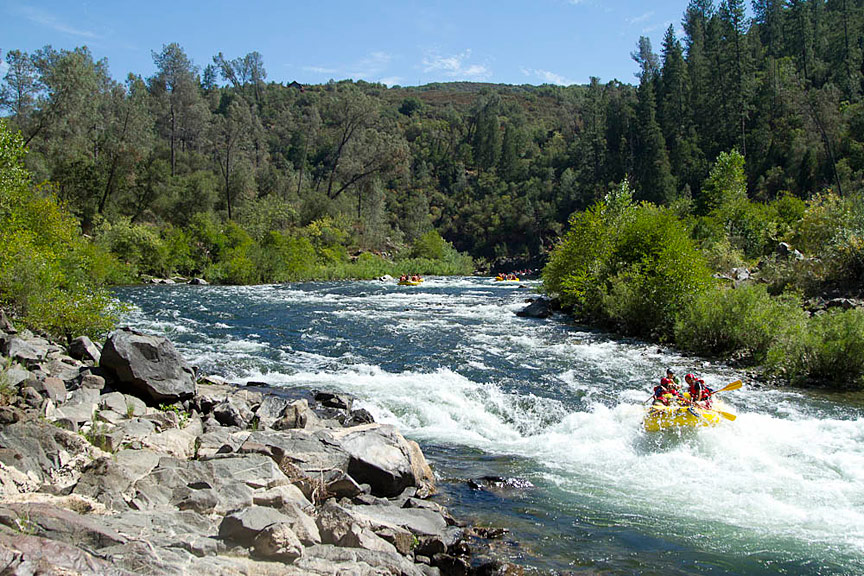American River
Birthplace of the California Gold Rush

About the American River
The American River holds a special place in California's gold mining history as the site where James Marshall first discovered gold at Sutter's Mill in 1848, triggering the California Gold Rush. This historic waterway continues to yield gold to modern prospectors, with its three forks offering diverse mining opportunities.
Historic site of the original California gold rush, the American River's three forks still yield gold to modern prospectors. Despite extensive mining during the Gold Rush era, the river continues to produce gold due to natural replenishment and areas that were less thoroughly worked.
Gold Production History
The American River's gold production history began with Marshall's discovery at Coloma on the South Fork in January 1848. Within months, thousands of prospectors were working the river and its tributaries, extracting millions of dollars worth of gold.
Throughout the 1850s and beyond, the American River was worked using various methods, from simple panning to complex hydraulic mining operations. The river's extensive gold production helped establish California as a state and transformed the American economy.
The Three Forks
The American River consists of three main branches, each with its own gold-bearing characteristics:
- South Fork: Site of the original gold discovery, the South Fork runs through Coloma and continues to produce gold, particularly in its upper reaches
- Middle Fork: Known for its rugged terrain and rich deposits, the Middle Fork offers some of the most pristine mining areas
- North Fork: Less accessible than the other forks but still productive, with several rich tributaries
Notable Mining Areas
Several sections of the American River are particularly productive:
- Coloma: The historic discovery site, now part of Marshall Gold Discovery State Historic Park
- Lotus to Folsom: Accessible areas with continuing gold production
- Michigan Bluff: Historic mining district in the Middle Fork drainage
- Iowa Hill: Rich placer deposits in the North Fork area
Mining Methods
The American River system supports various mining methods:
- Panning and Sluicing: Effective in the numerous gravel bars along all three forks
- Highbanking: Useful for working the higher benches and terraces
- Crevicing: Productive in areas with exposed bedrock, particularly in the Middle Fork
- Metal Detecting: Can be effective in historic mining areas and dry placers
Access and Logistics
The South Fork is the most accessible, with Highway 49 and numerous county roads providing good access. The Middle and North Forks are more remote, often requiring forest service roads and sometimes hiking to reach prime locations.
The American River's proximity to Sacramento and the San Francisco Bay Area makes it popular with weekend prospectors. This convenience comes with more competition for good spots, particularly in easily accessible areas.
Other Gold-Bearing Rivers
- Trinity River
Known for consistent gold production and good access
- Klamath River
The Klamath and its tributaries have produced significant gold since the 1850s
- Feather River
Excellent opportunities, particularly in areas with exposed bedrock
- Yuba River
Historic gold producer with continuing potential
Related Resources
- What Is a Placer Mining Claim?
Understanding the basics of placer mining claims
- Top 5 Gold Mining Counties in California
El Dorado County, home to much of the American River, is mentioned in this guide
- Why California Rivers Are Still Gold Mines
Learn why rivers like the American continue to produce gold
American River Claims
Claims on the American River typically range from $6,000 to $15,000 for 20-acre parcels, with prices varying based on:
- Which fork the claim is located on
- Accessibility and road quality
- Historical production records
- Proximity to popular recreational areas
Interested in American River Gold Claims?
Contact us to learn about available claims or to be notified when new American River claims become available.